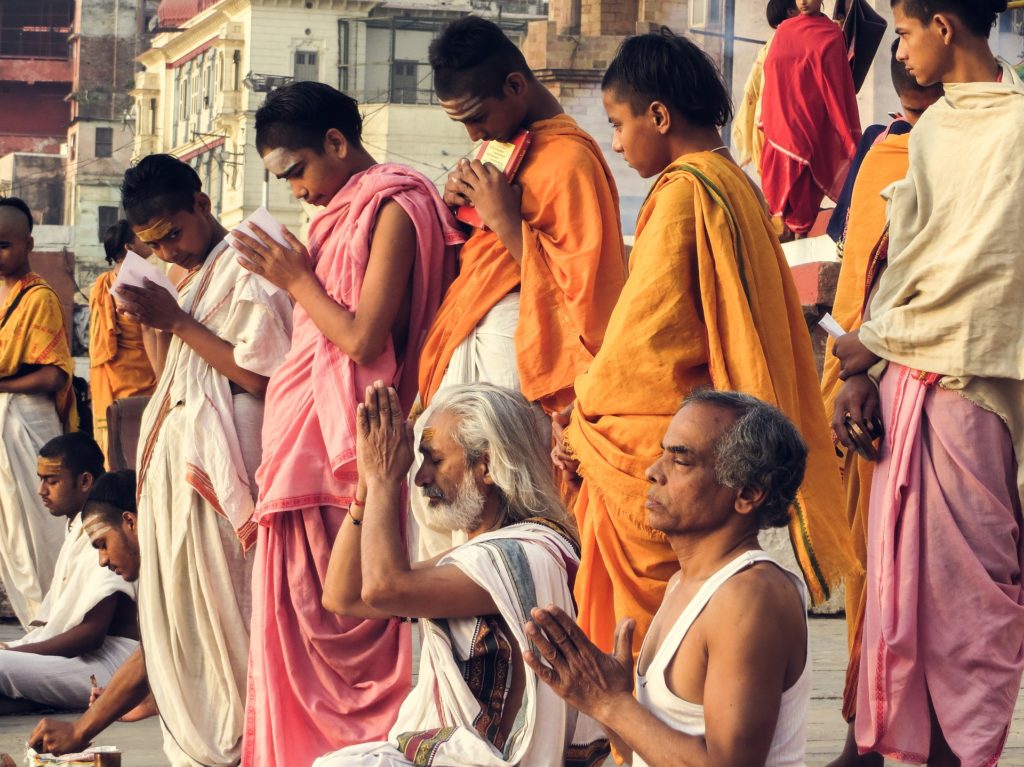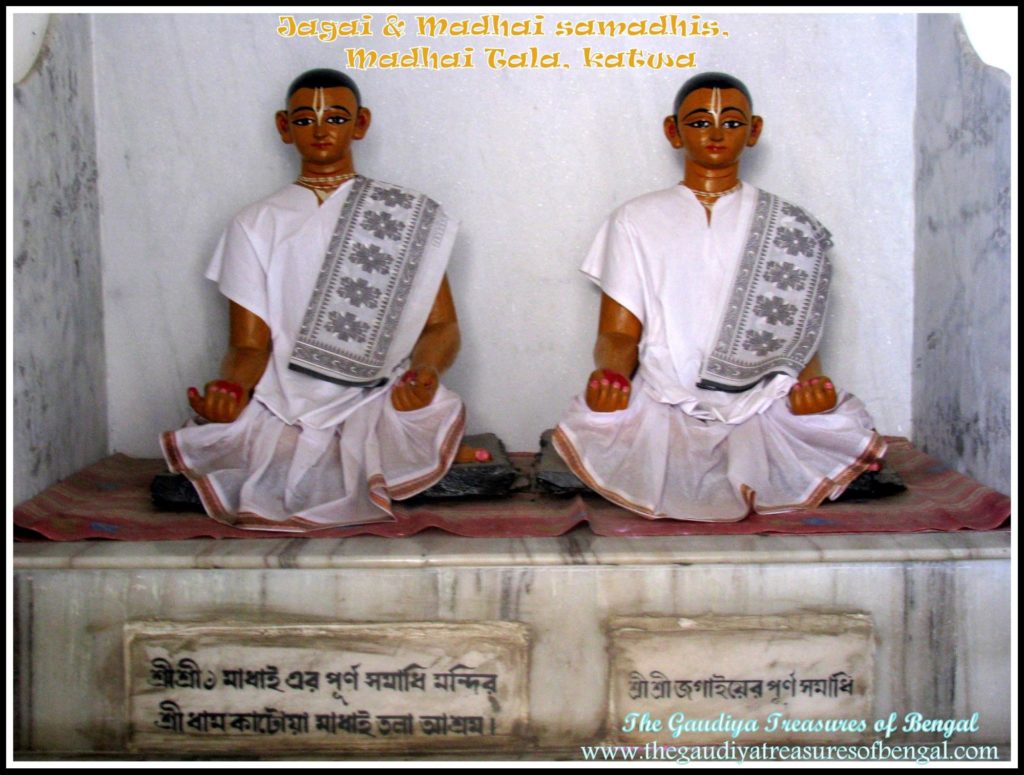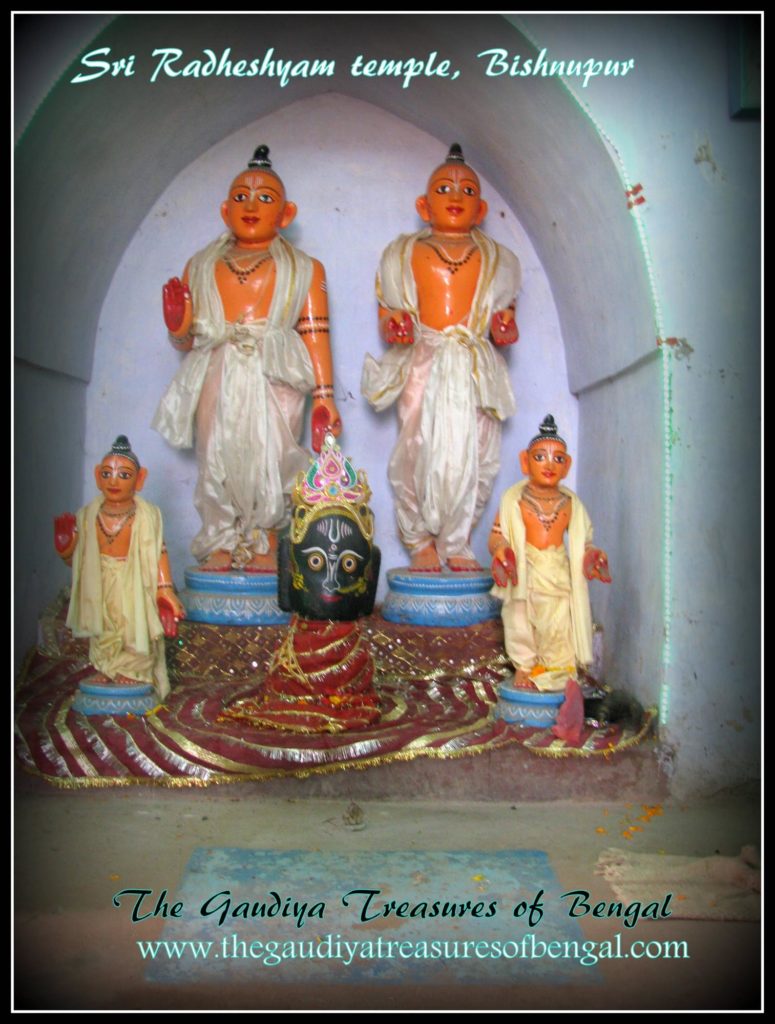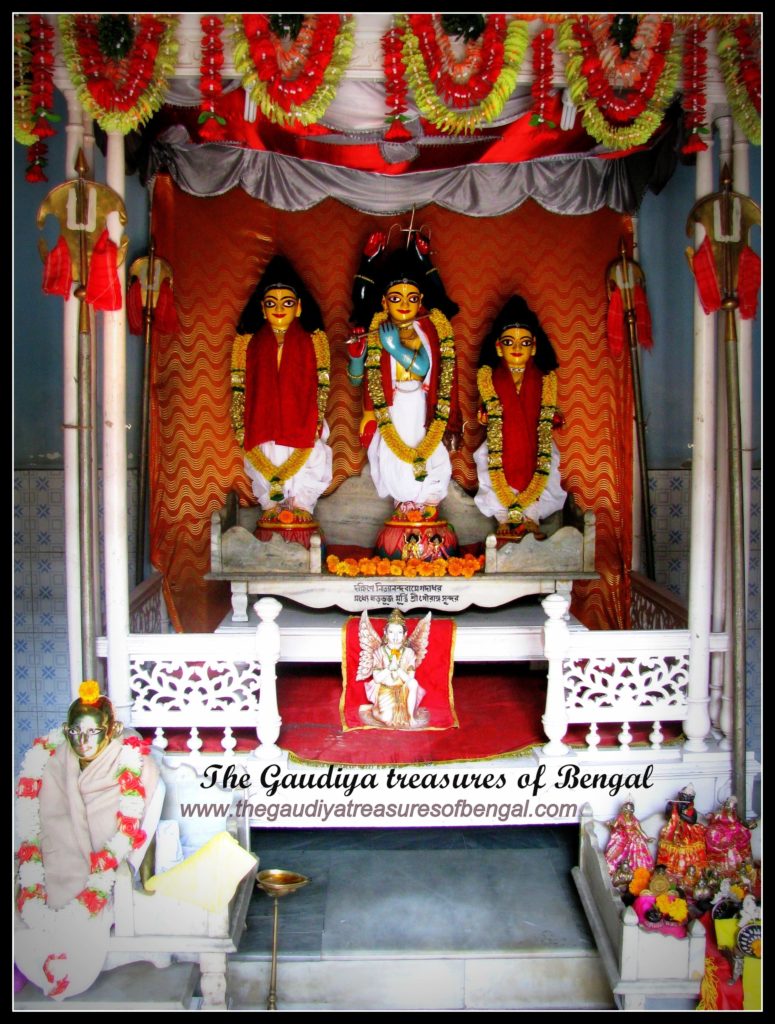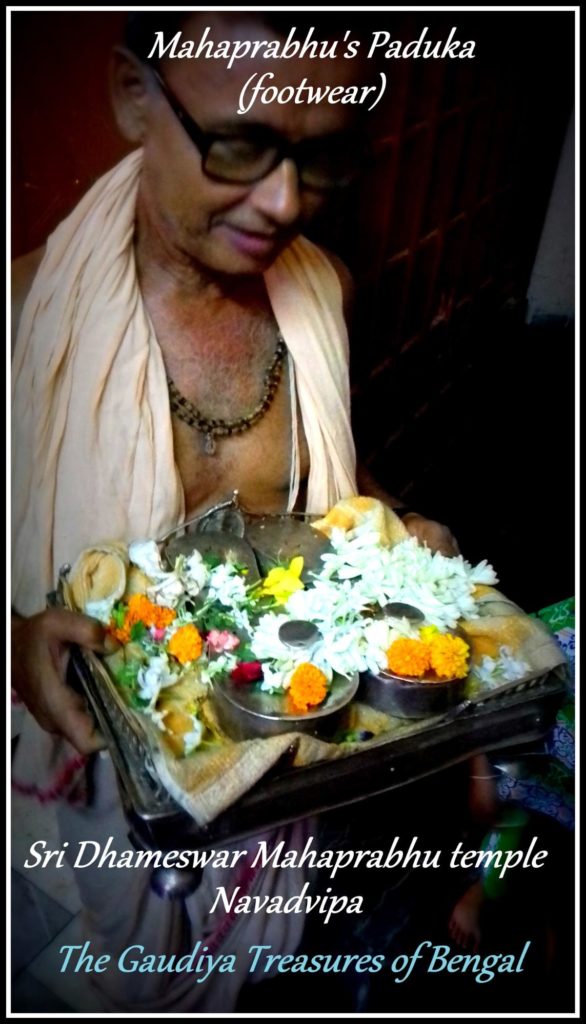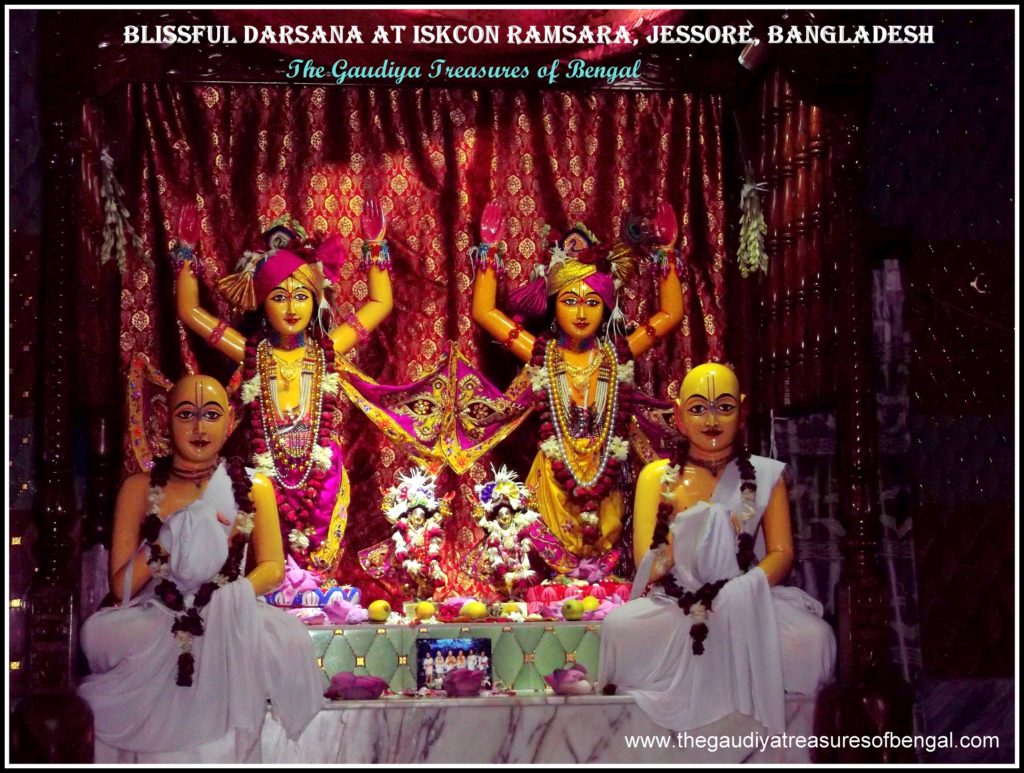
Sri Chaitanya Mahaprabhu has manifested the most heart melting pastimes ever witnessed in human history. His mood, His demeanor, His pastimes struck a positive chord even with the most sinful atheists and was instrumental in transforming their hardened hearts. Thousands of men and women abandoned their homes ,raised their arms and joined Mahaprabhu in His ecstatic sankirtana (congregational chanting of the holy names of the Supreme Lord). All of them were surcharged with deep ecstatic feelings. Being completely devoid of external consciousness and surrendering themselves completely, they sang and danced along. Simply by catching a glimpse of His divine lotus feet, people would get infected with the disease of intense love for the Supreme. These men in turn would infect others. In this way, villages, towns and entire cities would become surcharged with the devotional mood of spontaneous loving service unto the Supreme Lord. An ocean of Love would flood the people with waves after waves of divine ecstasy. Observing Lord Gaurahari’s smiling demeanor ,people would completely forget their miseries.Only a fortunate person could possibly attain this most treasured fruit of pure love for God. The most merciful Lord Chaitanya, however distributed this sacred fruit to one and all without making any discrimination. Chaitanya Chandramrta , composed by Prabodhananda Sarasvati, hence exclaims :
